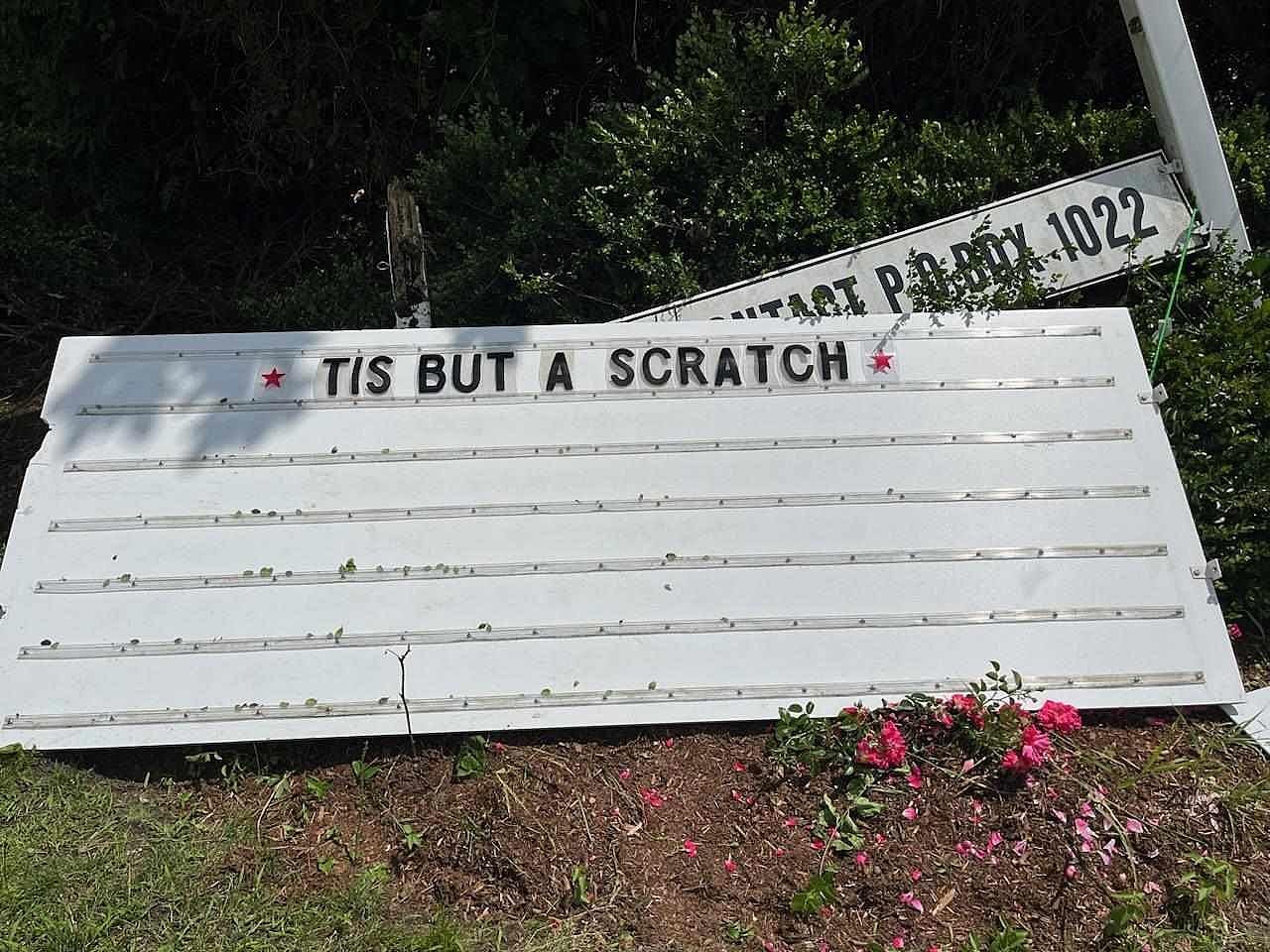Not Dead Yet
Recently in Mattapoisett, someone drove into the Lions Club’s roadside sign and destroyed it. The sign was apparentlynot wearing bright colors or blinking lights. We only know this crash happened because the guy who maintains the sign is a Monty Python fan:
According to available data, there have been 40-50…
Keep reading with a 7-day free trial
Subscribe to StrongHaven to keep reading this post and get 7 days of free access to the full post archives.




